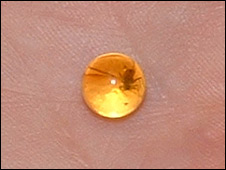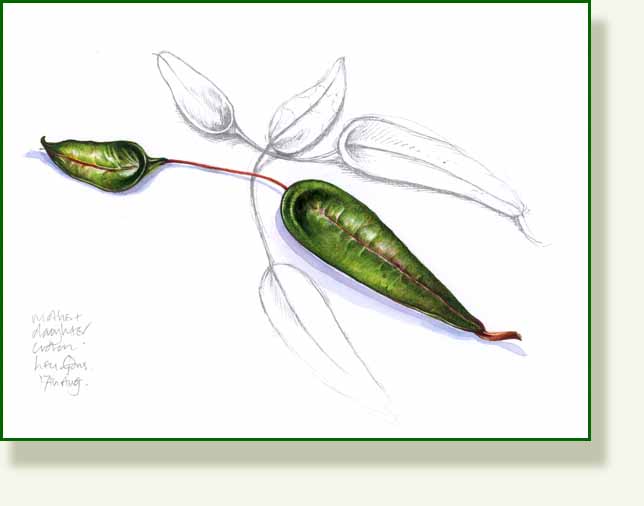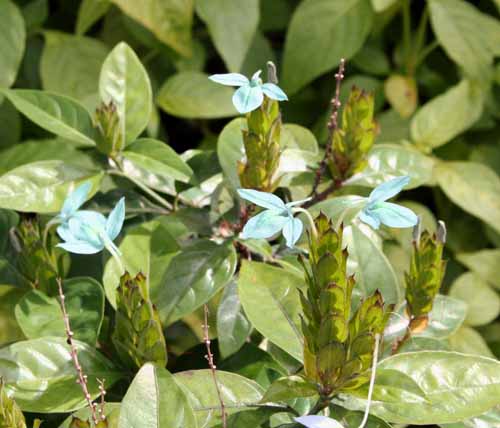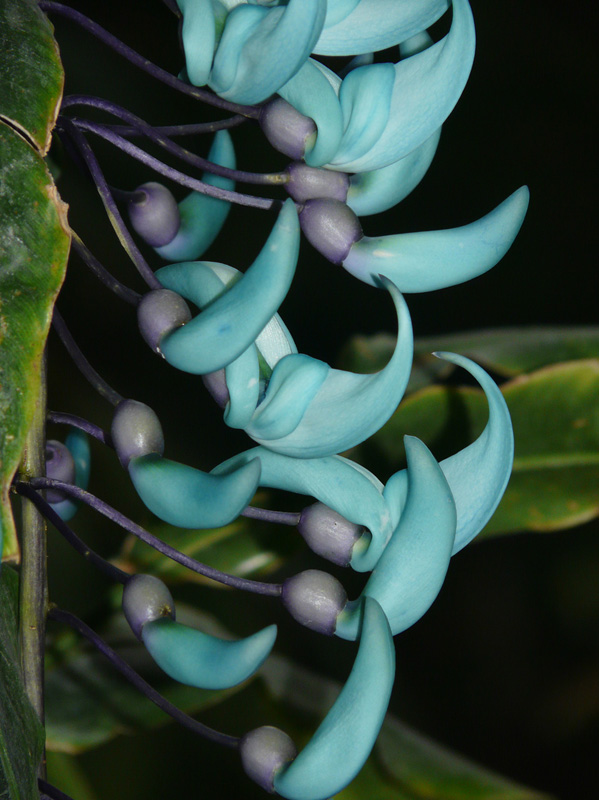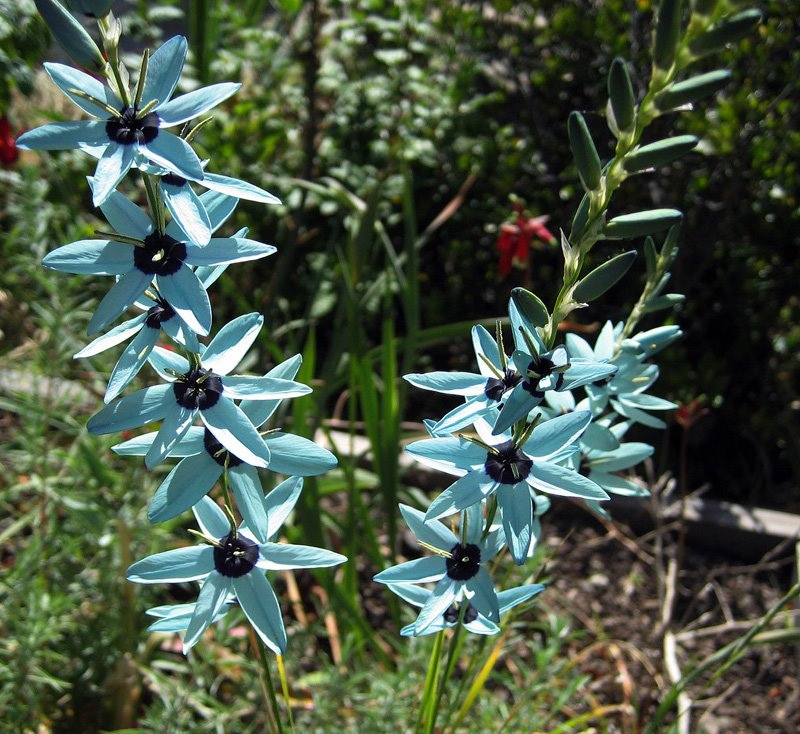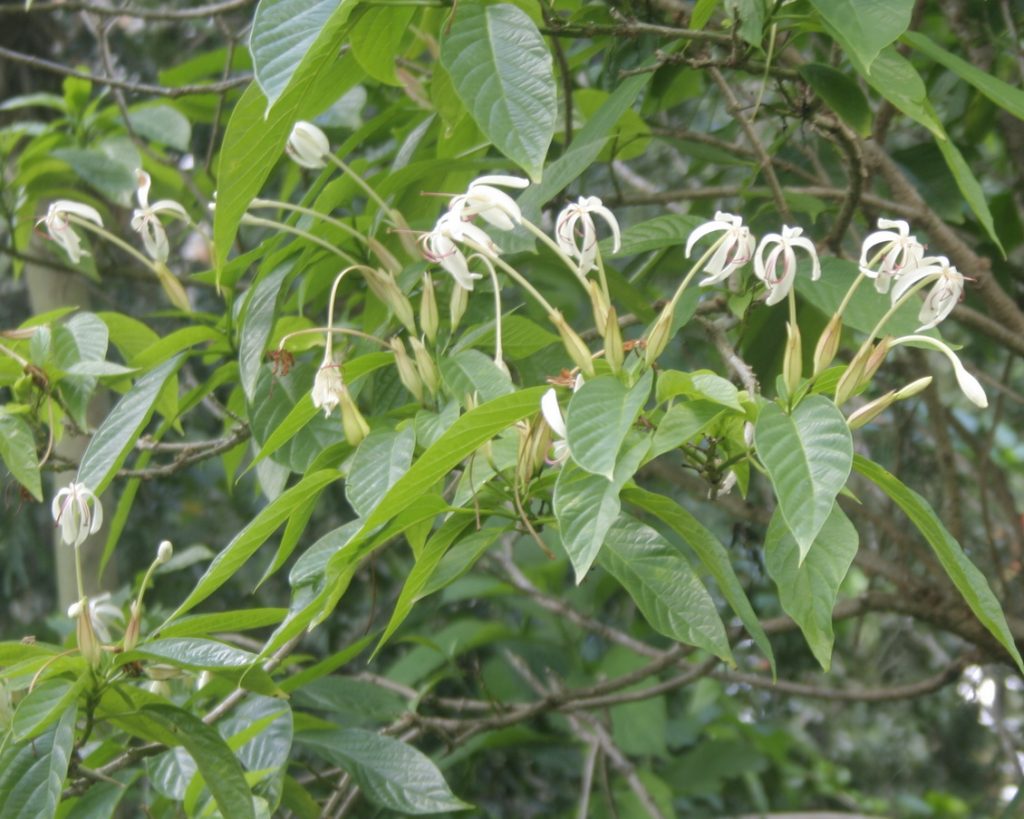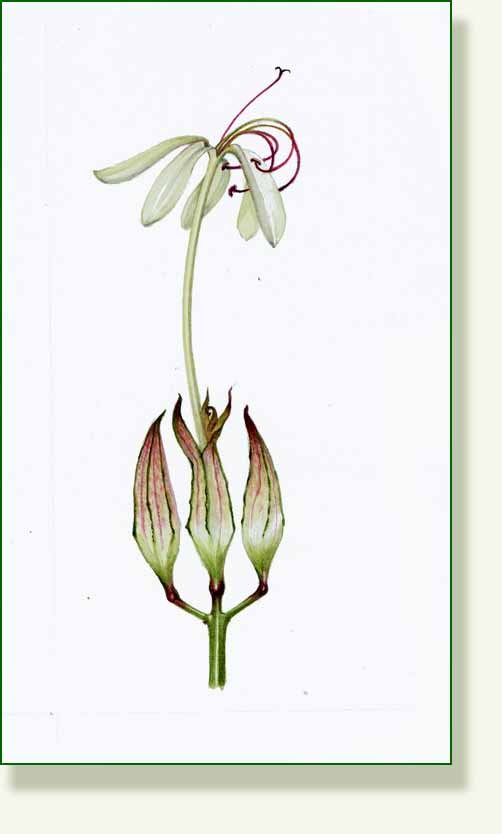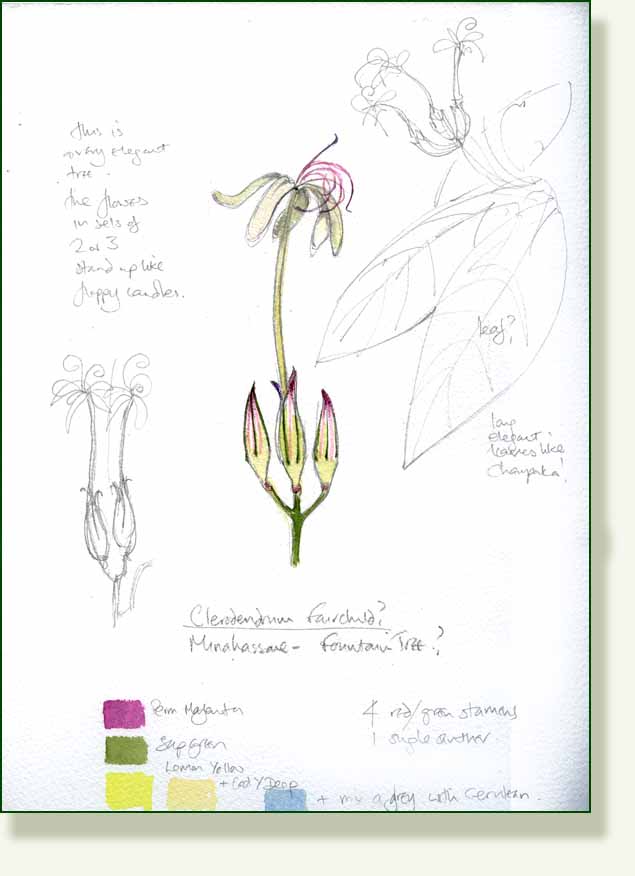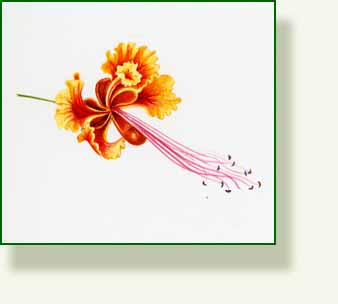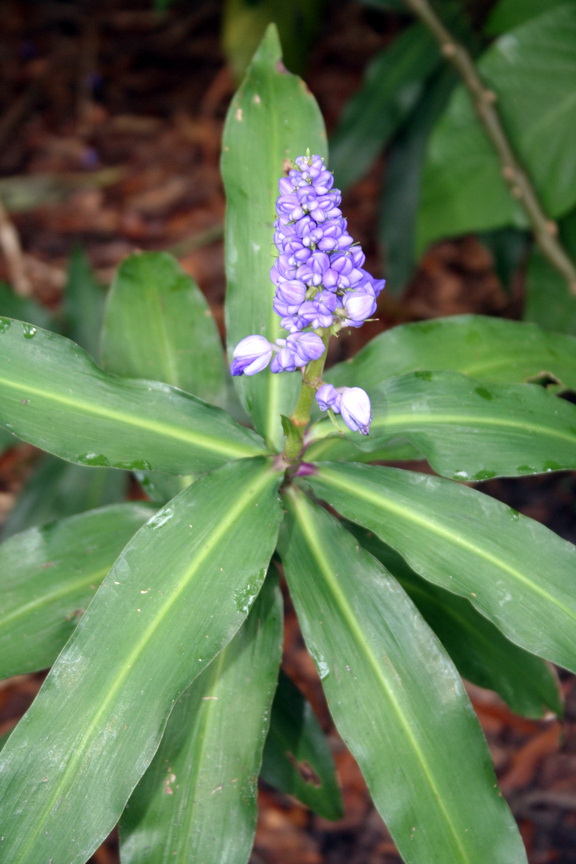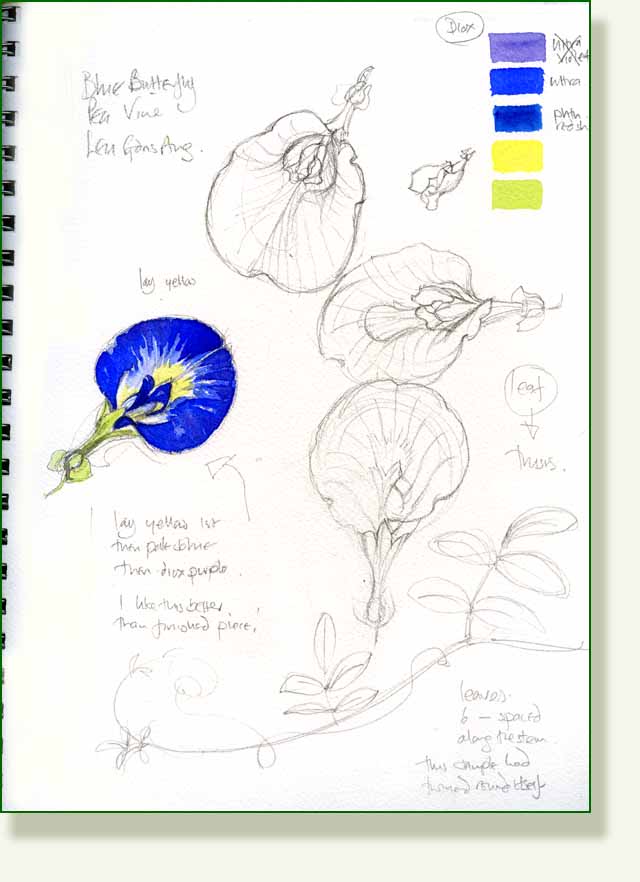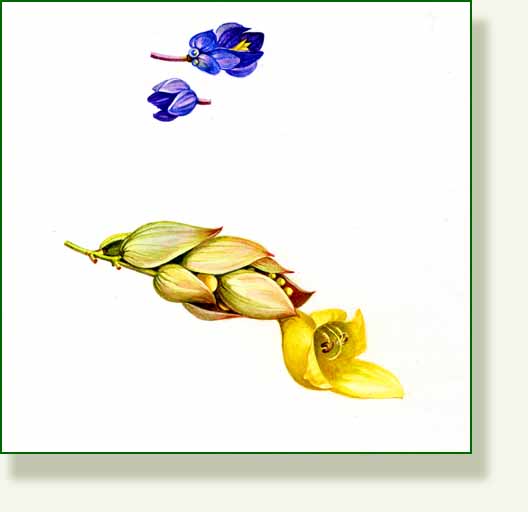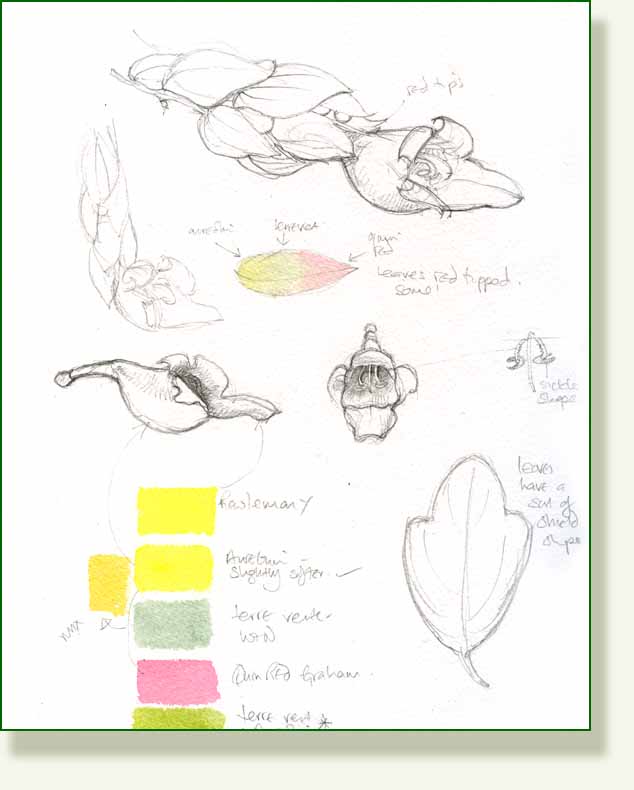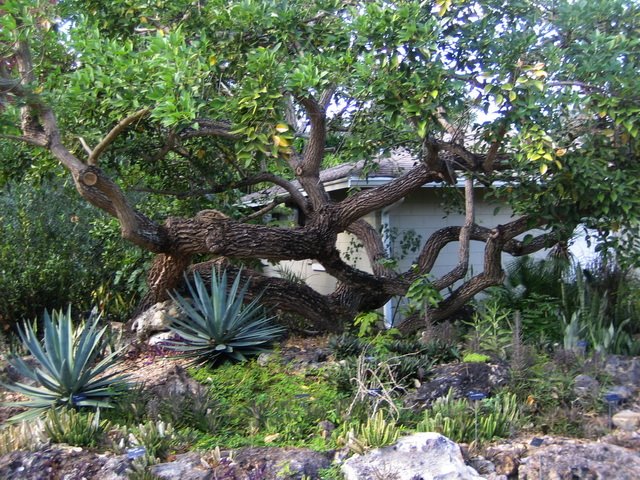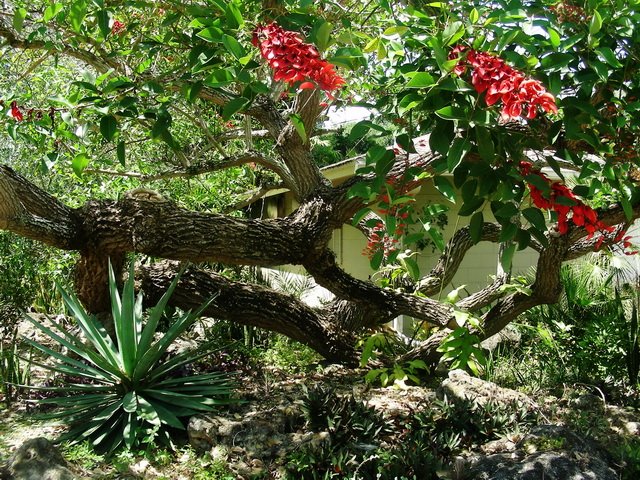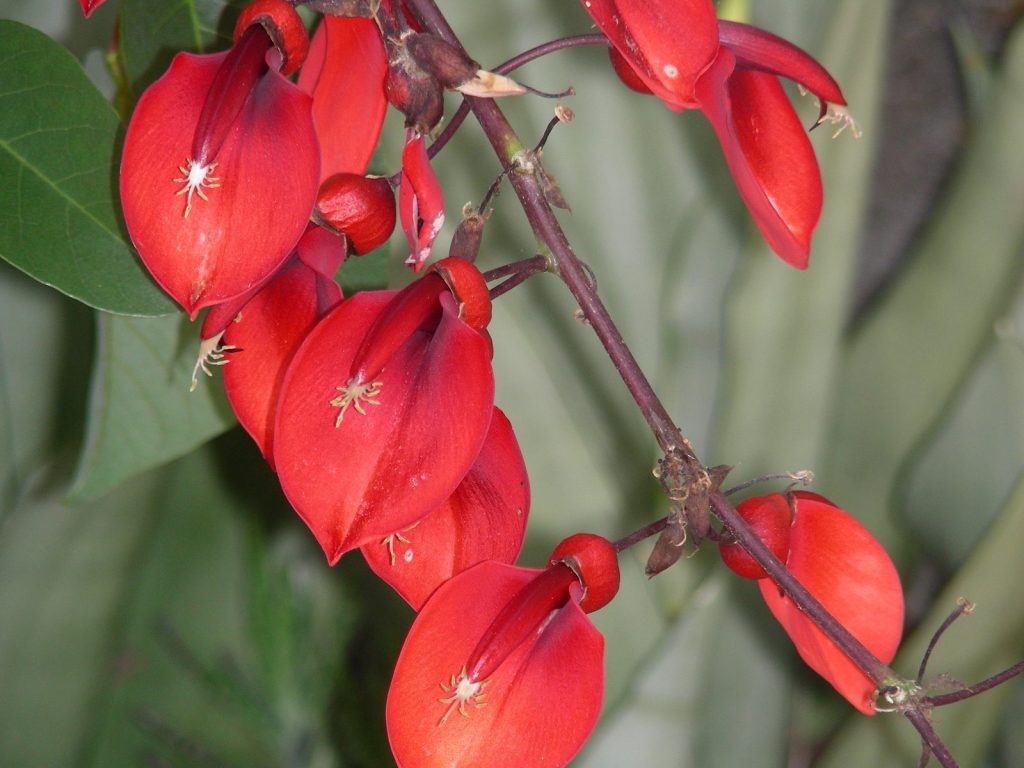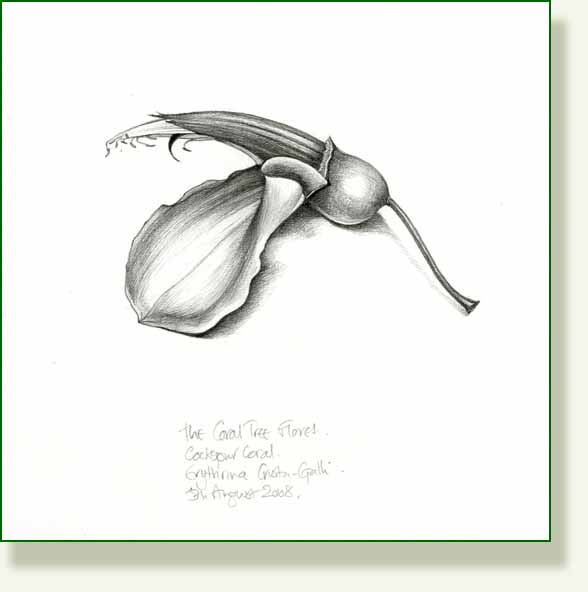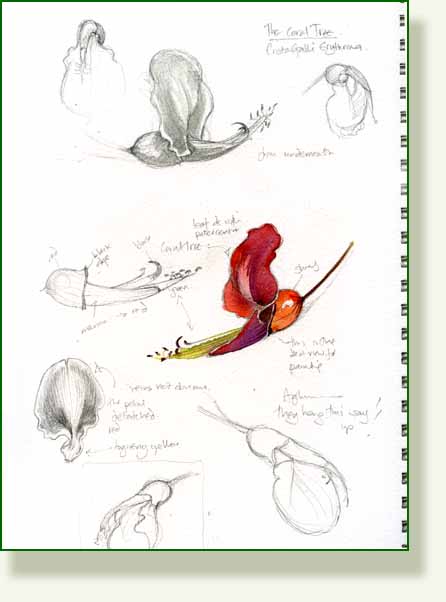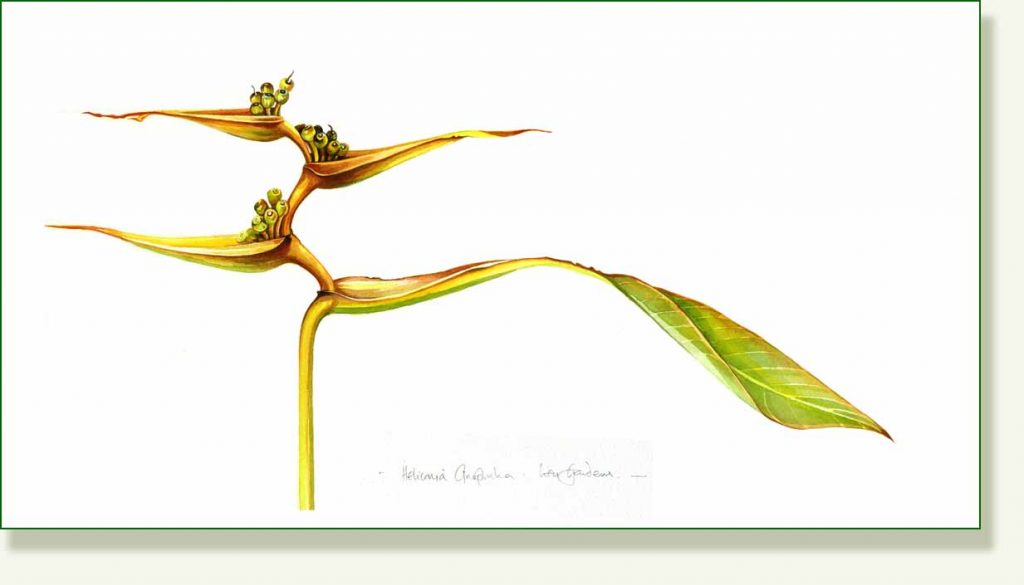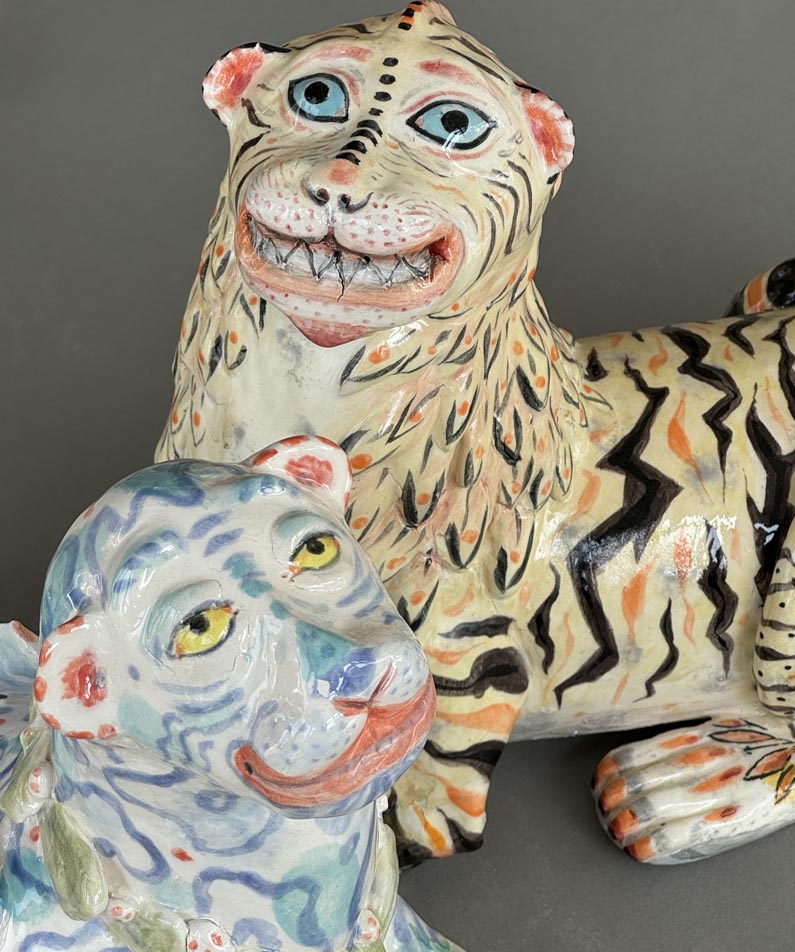I have spent most of the day working on my other blog which I may post tomorrow, but as a bit of light relief today I just had to draw these wonderfully strange leaves.
I stumbled upon them down in the jungly bits of Leu. They are from the bizarre Mother and Daughter Croton, I think the variety is Codiaeum Appendiculatum. You can see why it has this name, with the nodding small leaf sprouting from the top of the bigger leaf joined by the slender stalk. Where they join, is a slight funnel shape which is quite beautiful. You really need to hold one in your hand to appreciate it. The one I have painted is an almost black-green with deep red on the underside of the leaves, the young leaves are bright green. I am so taken with these I will probably draw them again.
It was only because I was looking at something else that I noticed this croton whose leaves, like so many other crotons and fancy leaved plants, really need to be seen in isolation and away from the muddle of the whole plant. I initially didn’t like crotons much but I am coming to admire them more and more. Their sheer variety is stunning. The previous posts re: crotons are here
The croton is so named because the seed looks like a tick and there have been a few insecty things around this week. One is the discovery of a new sort of aphid which was bought, preserved in amber, on Ebay for 20 pounds.
Another is a short piece on BBC Radio 4′ Great Lives about the extraordinarily talented Robert Hooke, whose Micrographia I have mentioned before here.
The introduction has David Attenborough reading Hooke’s description of a flea.
” the flea is adorned with a curiously polished suite of sable armor, neatly jointed.”
What a marvellous description. I think nowadays we have lost much of beauty of descriptive language just for the sake of brevity. It’s a shame.
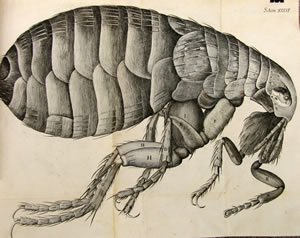
Robert Hooke’s engraving of the Flea from Micrographia, from Stanford University here
You can listen via the BBC website here if you are interested. “Micrographia” was so important as it was the first book devoted entirely to the new science of microscopic observation, illustrated with Hooke’s own beautifully executed engravings. Can you imagine the impact of such a work in 1665?
______________________________________

